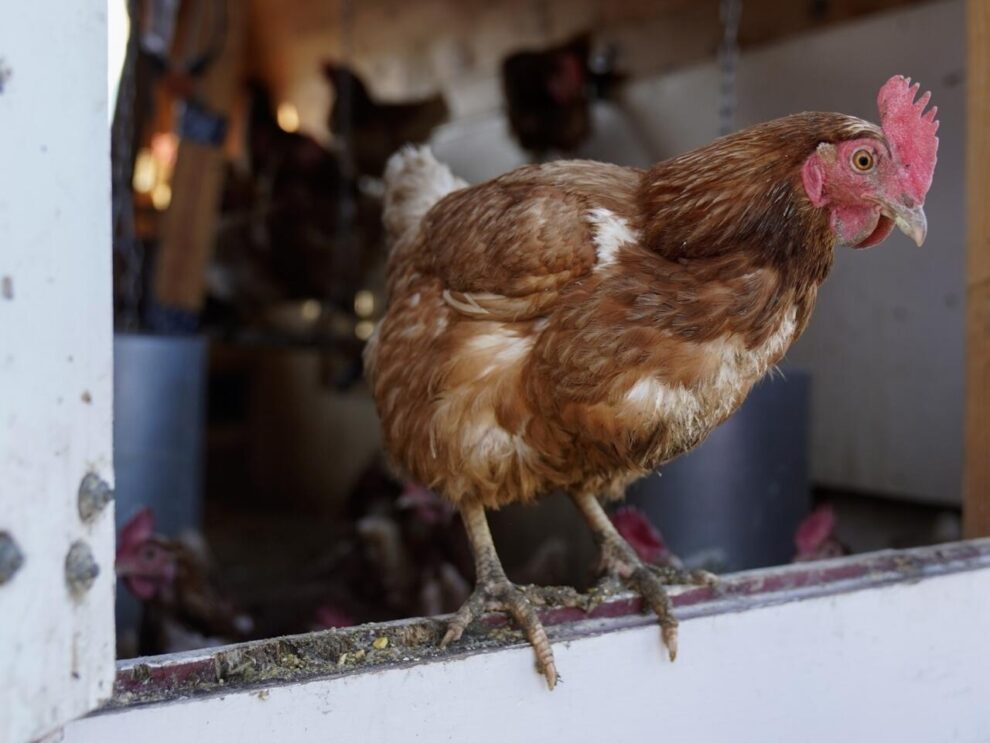Cases of bird flu, which can be fatal for wild birds and domestic poultry, and very rarely for humans, have been confirmed in Serbia and Croatia.
Previously, the infection broke out in neighboring Hungary, where 10,000 cranes died, Radio Television of Serbia reports.
Bird flu is a disease caused by the avian influenza virus.
“The avian influenza virus has a large number of subtypes and not all of them are highly pathogenic and dangerous for birds and other animals, including humans.
“For domestic poultry and wild birds, the most dangerous subtypes are H5 and H7,” says Tamas Petrović, head of the Department of Virology at the Scientific Institute of Veterinary Medicine in Novi Sad.
With chickens and turkeys, mortality goes up to 100 percent, he added for the BBC in Serbian.
Previously, the disease was established in Romania and Bulgaria, as well as in at least 20 other European countries, according to the data of the Veterinary Administration of the Ministry of Agriculture of Serbia.
This infectious disease, which has been around for a century, usually flares up in the fall and lasts through the winter, and subsides in the spring and summer.
Where does the virus come from?
The natural hosts of the avian influenza virus are mostly wild birds – geese, ducks, and that is why cases of infection are often discovered around swamps and rivers.
“In these animals, the virus often multiplies without any significant health disorders and is thus transmitted,” says Petrović.
Since they are migratory birds, they spread the virus during their flight to warmer regions, during which they also cross the Balkans.
“They develop nests and have young in the Siberian regions, and when winter comes, they retreat to the south and go to Africa, and that summer they stop by our place, rest and then continue,” he adds.
Subtype H5 occurred mostly in the East of Asia, in the area of China and Malaysia, but the paths of the birds cross, which allows the virus to reach Europe as well.
However, not all subtypes of H5 are equally dangerous and not all cause diseases, according to the veterinary expert.
How do poultry become infected?
The spread of the virus occurs when an infected bird comes into contact with poultry.
It can be transmitted to entire flocks or farms of domestic birds within a few days, through bird droppings or through contaminated food and water.
“When an infection breaks out, poultry must be killed, in America last year 40 million poultry were destroyed, in Hungary several million.
“Disease control measures are exclusively euthanasia and the ban on domestic poultry and their products,” says the veterinarian.
Harmless removal of dead birds involves burning them in authorized institutions or, more rarely, burying them in holes and covering them with lime, as was the case in the nature reserve “Slano Kopovo” near Novi Bečej, where 70 dead cranes were found.
In Serbia, subtype H5 has been appearing since 2006, but not every year.
In 2023, six outbreaks of this virus were registered in Serbia in wild birds, but no cases were recorded in domestic poultry.
The infection did not break out on large farms, but in previous years there were cases in rural farms.
Can people get infected?
Yes, but rarely.
The World Health Organization announced that 873 people have been infected with H5N1 bird flu in the past 20 years.
Of these, 458 died.
Human infection can occur in close contact with an infected bird.
“A person rarely gets infected, but when it happens, the mortality rate is high, around 50 percent,” concludes Petrović.
Source: British Broadcasting Corporation

































